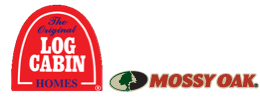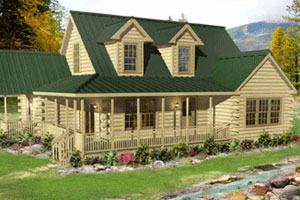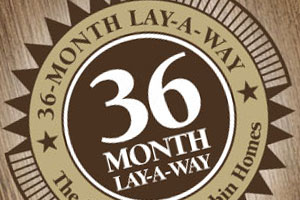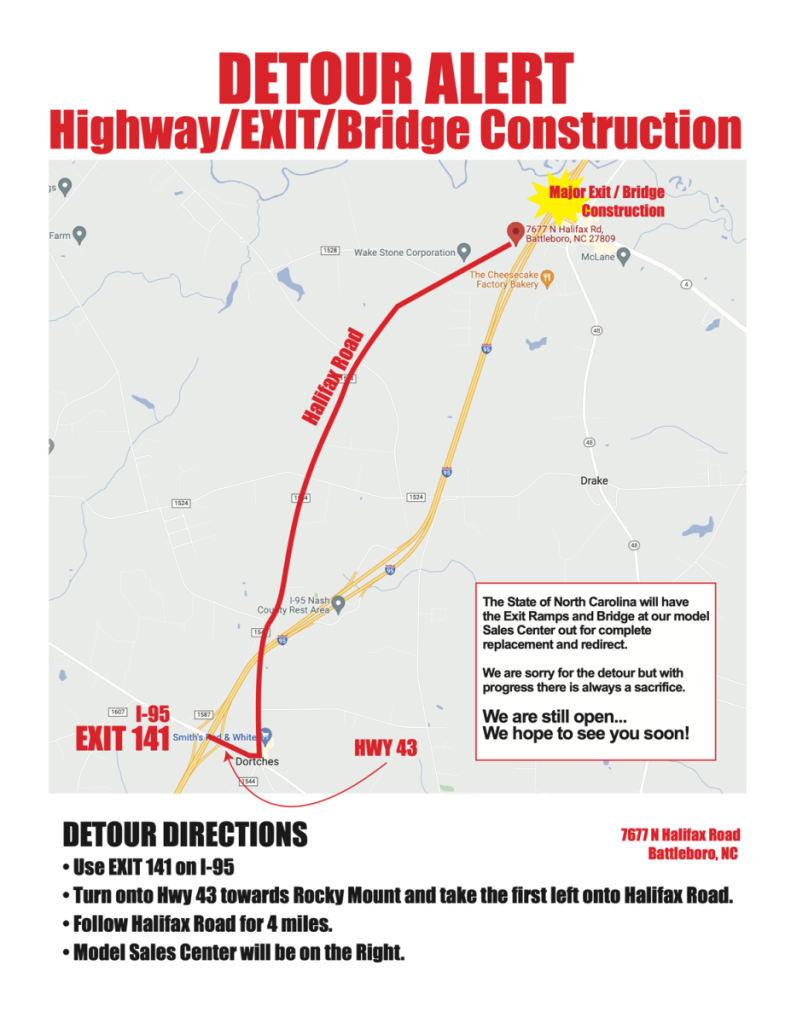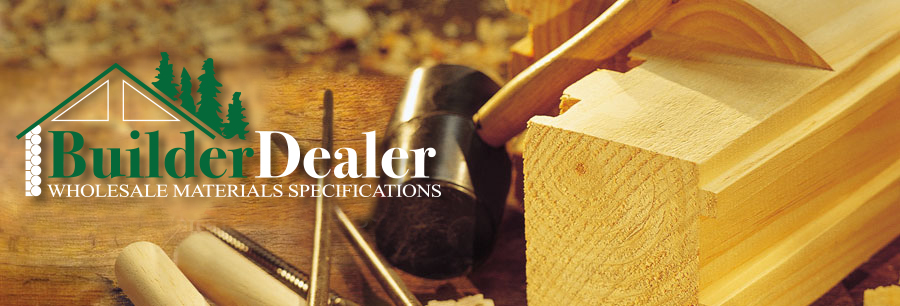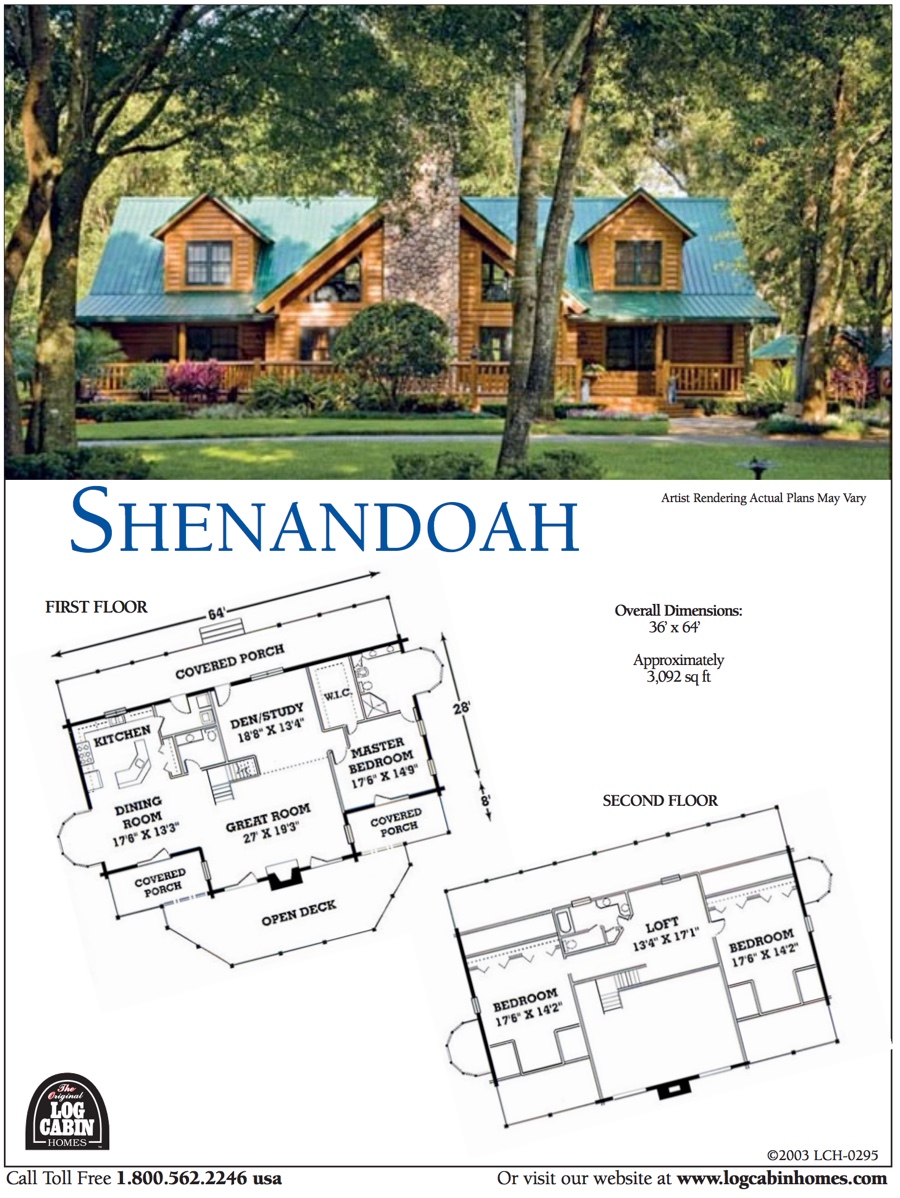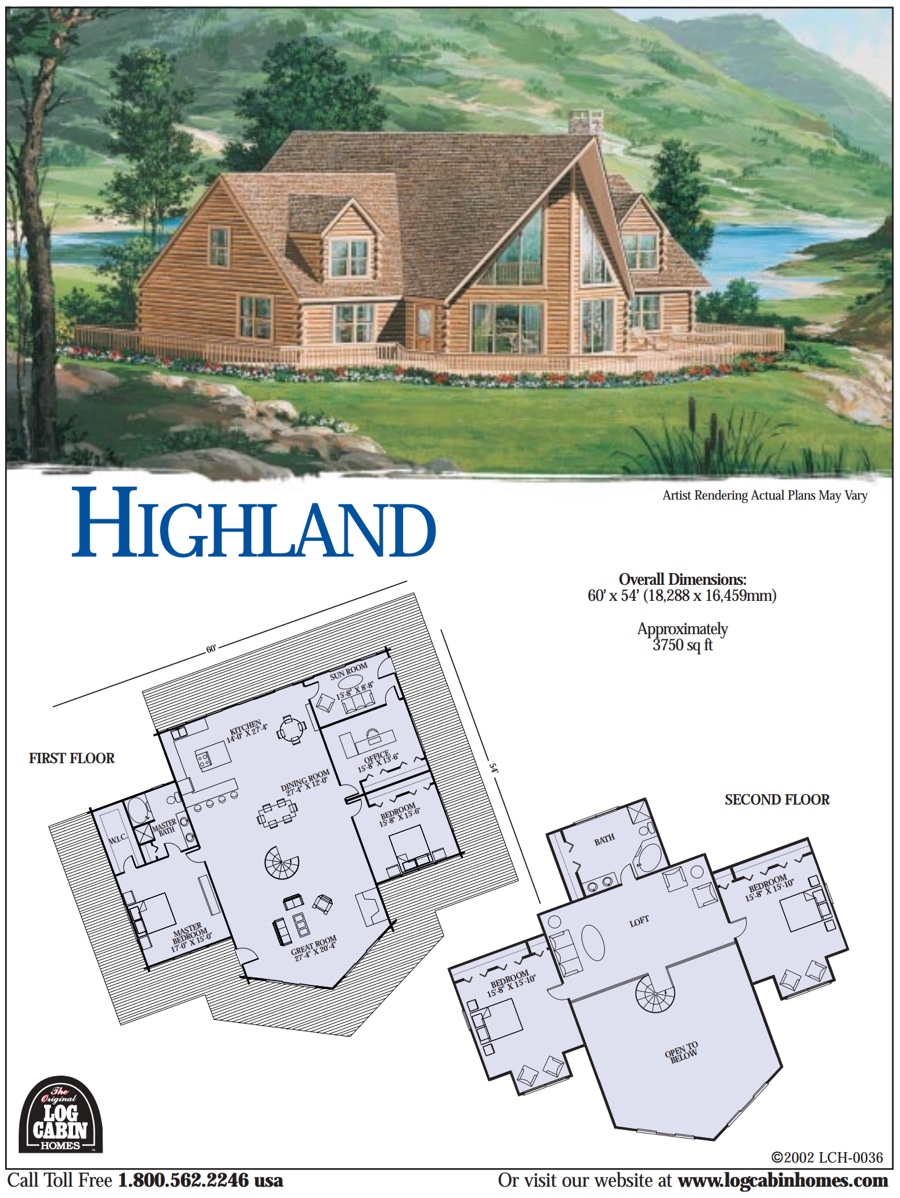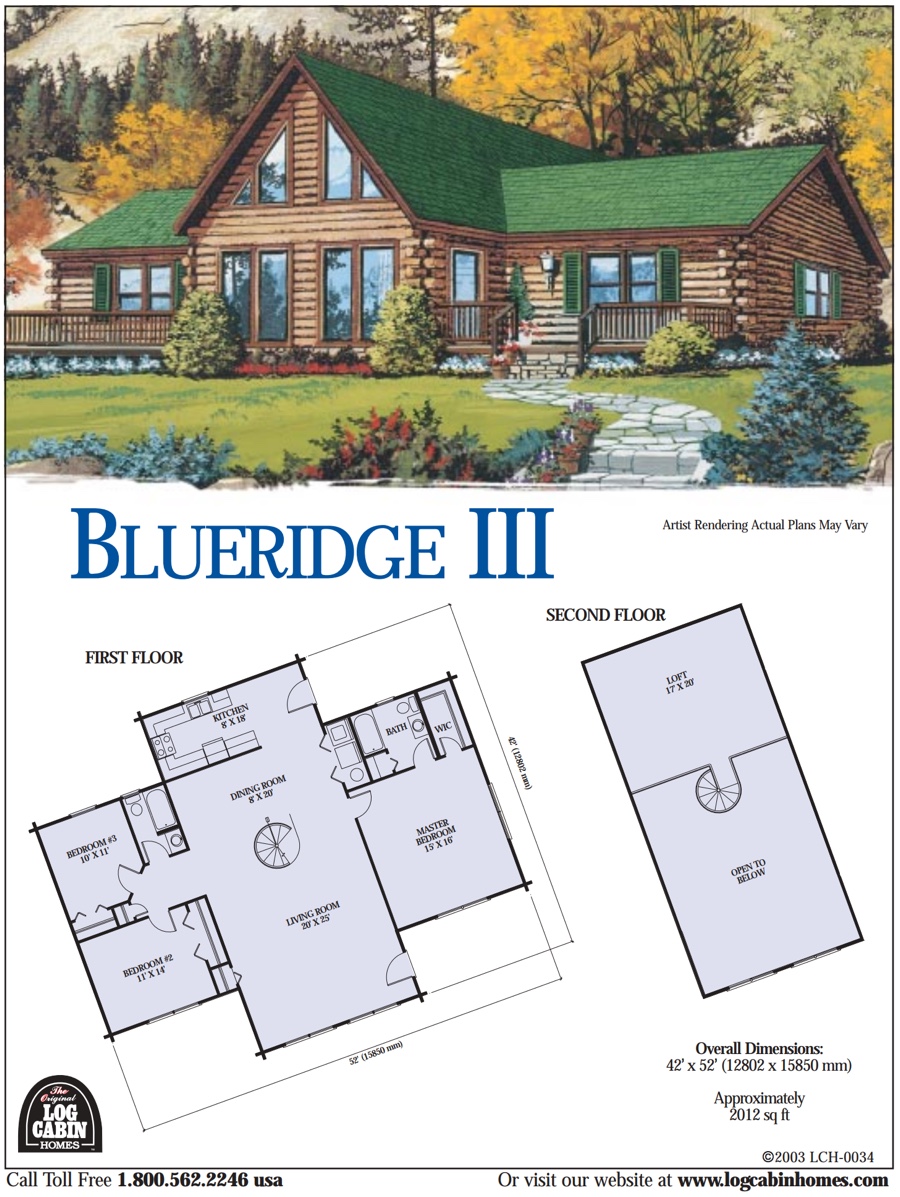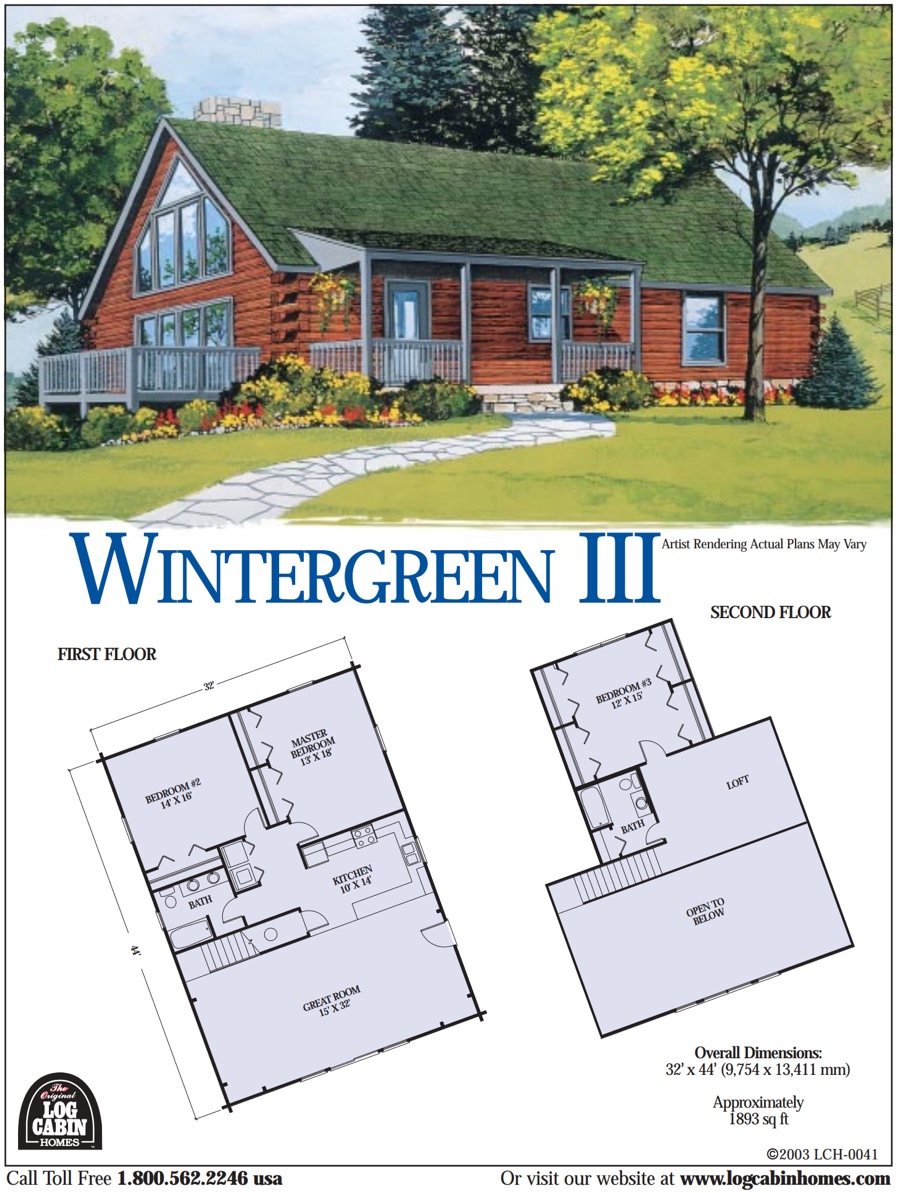Are you considering the cozy allure of log cabin living for your growing family? With their rustic charm, natural beauty, and enduring appeal, log cabins offer a unique blend of comfort and connection with nature that many families find irresistible. However, finding the perfect log cabin home for your expanding brood involves more than just aesthetic appeal. It requires careful consideration of various factors to ensure that your new abode meets the needs of your family both now and in the future. In this guide, we’ll explore the essential aspects to consider when picking out the ideal log cabin home for your growing family.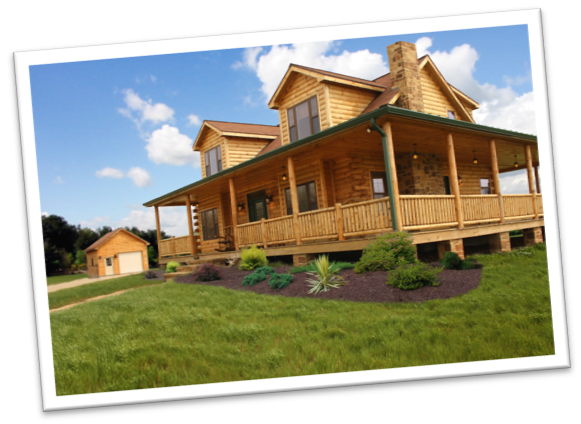
One of the primary considerations when choosing a log cabin for a growing family is space. Evaluate the size and layout of the cabin to ensure it can comfortably accommodate your family’s needs. Consider factors such as the number of bedrooms, bathrooms, and common living areas. A cabin with an open floor plan can provide ample space for family gatherings and activities, while separate bedrooms offer privacy for each family member.
Anticipating the needs of your growing family is essential when selecting a log cabin home. Look for properties with potential for expansion, whether through unfinished basement space, attic conversions, or room to build additional structures on the property. Planning for future growth ensures that your cabin remains suitable for your family’s evolving needs over time.
The location of your log cabin can significantly impact your family’s lifestyle and experiences. Consider factors such as proximity to schools, healthcare facilities, shopping centers, and recreational opportunities. Additionally, evaluate the surrounding natural environment, including access to forests, lakes, hiking trails, and other outdoor amenities that align with your family’s interests and activities.
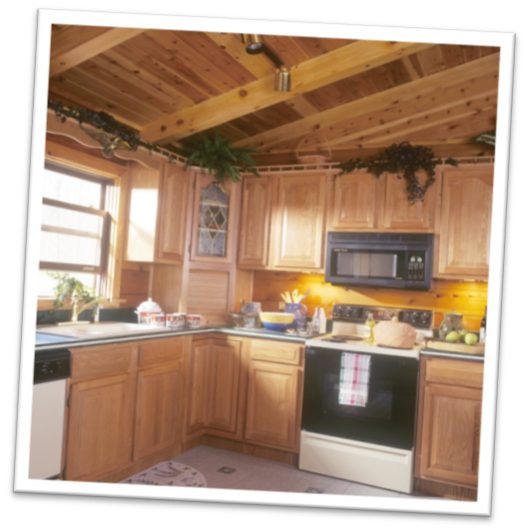 Safety is paramount, especially when choosing a home for your family. Ensure that the log cabin meets building codes and safety standards, particularly in areas prone to natural disasters such as wildfires or severe weather. Additionally, consider accessibility factors such as road conditions, proximity to emergency services, and the availability of essential utilities like water, electricity, and internet connectivity.
Safety is paramount, especially when choosing a home for your family. Ensure that the log cabin meets building codes and safety standards, particularly in areas prone to natural disasters such as wildfires or severe weather. Additionally, consider accessibility factors such as road conditions, proximity to emergency services, and the availability of essential utilities like water, electricity, and internet connectivity.
When investing in a log cabin home, prioritize quality craftsmanship and materials. Inspect the integrity of the cabin’s construction, including the condition of the logs, roof, foundation, and insulation. A well-built log cabin not only ensures durability and longevity but also provides a comfortable and energy-efficient living environment for your family.
Living in a log cabin doesn’t mean sacrificing community connections. Explore nearby towns and neighborhoods to assess the availability of social amenities such as community centers, parks, libraries, and cultural activities. Engaging with a vibrant community can enrich your family’s experience and provide opportunities for socialization and networking.
Finally, establish a realistic budget for purchasing and maintaining your log cabin home. Factor in not only the upfront costs but also ongoing expenses such as property taxes, insurance, maintenance, and potential renovations or upgrades. Workings with a qualified real estate agent who specializes in log cabin properties can help you navigate the financial aspects of your purchase and ensure that you make a sound investment for your family’s future.
In conclusion, finding the perfect log cabin home for a growing family requires thoughtful consideration of various factors, including space, future expansion potential, location, safety, construction quality, community amenities, and budget. By carefully evaluating these aspects and working with knowledgeable professionals, you can find a log cabin that not only meets your family’s needs but also provides a warm and inviting retreat where cherished memories are made for years to come.
Posted Date April 22, 2024
Written By Hannah Garciga
